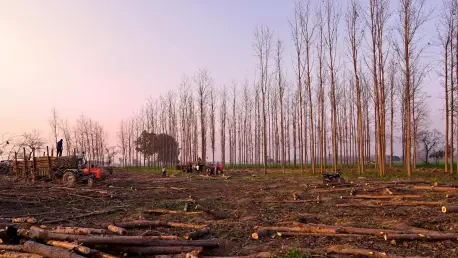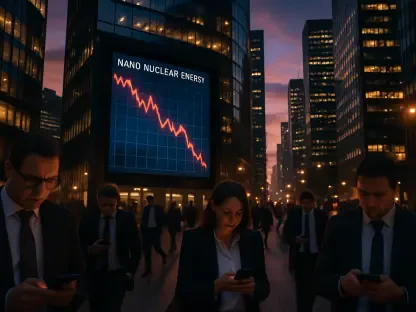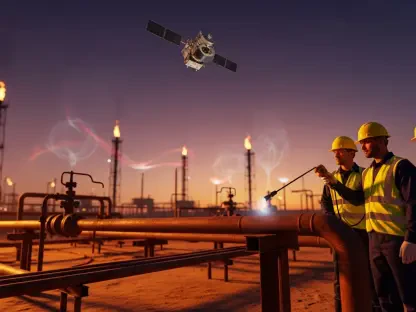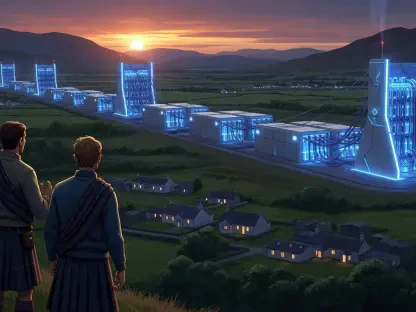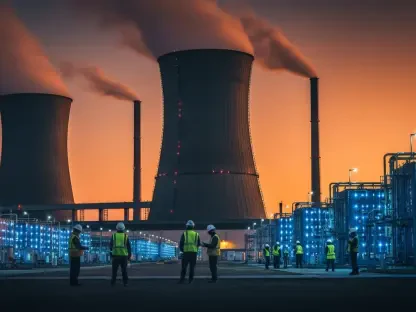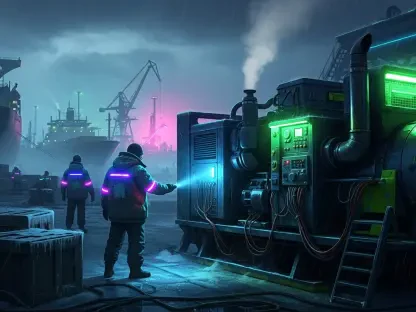Today, we’re thrilled to sit down with Christopher Hailstone, a renowned expert in energy management, renewable energy, and electricity delivery. With his deep expertise in utilities, grid reliability, and security, Christopher brings a unique perspective to the conversation around sustainable transportation. In this interview, we dive into the groundbreaking collaboration between Smart Freight Centre (SFC) India and NITI Aayog’s e-FAST India initiative, exploring the push for zero-emission trucking, the challenges of decarbonizing India’s freight sector, and the innovative solutions emerging from a massive stakeholder engagement across the country. We’ll also touch on how regional insights are shaping actionable strategies for a cleaner, more efficient logistics future.
Can you walk us through the Smart Freight Centre India and NITI Aayog’s e-FAST India initiative and what it’s aiming to achieve?
Absolutely, Silvia. The Smart Freight Centre India, in partnership with NITI Aayog’s e-FAST India initiative, is a transformative effort to accelerate the adoption of zero-emission trucking across the country. The core goal is to decarbonize India’s freight sector, which moves 70% of domestic goods but also pumps out over 200 million tonnes of CO₂ annually. We’re working to create a roadmap for clean mobility that aligns with India’s net-zero ambitions by bringing together diverse stakeholders to tackle barriers like infrastructure, financing, and policy gaps. It’s about building a sustainable logistics ecosystem that’s not just environmentally friendly but also economically viable.
What inspired the title of your recent report, “From Awareness to Action: Regional Perspectives on Battery-Electric Trucks”?
The title reflects a deliberate shift in mindset. For years, the conversation around zero-emission trucking has been about raising awareness—getting people to recognize the problem and the potential of electric trucks. But awareness alone isn’t enough. We wanted to push for tangible action, focusing on practical, implementable solutions. The “regional perspectives” part highlights our belief that India’s diverse geography and economic realities require tailored approaches. A solution for Delhi might not work in Ranchi, so we’ve emphasized understanding and addressing local needs to drive real change.
How did you go about selecting the 11 cities for this pan-India campaign, and what was the thinking behind it?
Choosing the 11 cities—places like Delhi, Mumbai, Chennai, Hyderabad, and others—was a strategic decision based on their role in India’s freight ecosystem. We looked at major industrial hubs, key logistics corridors, and regions with varying levels of infrastructure and policy readiness. The idea was to capture a wide cross-section of challenges and opportunities, from densely populated urban centers to emerging freight nodes. This diversity helped us gather insights that are representative of the country’s unique landscape, ensuring our recommendations aren’t just theoretical but grounded in real-world contexts.
With over 700 stakeholders engaged, can you share who was involved and how this diversity shaped the outcomes?
We brought together a wide range of voices—government departments, logistics companies, shippers, financiers, original equipment manufacturers, charge point operators, and research institutions. This mix was crucial because decarbonizing freight isn’t a single-player game; it requires buy-in from every link in the chain. For instance, fleet operators gave us raw insights into the financial barriers of adopting electric trucks, while policymakers highlighted regulatory hurdles. This diversity allowed us to craft a roadmap that balances technical, financial, and policy perspectives, making it more robust and actionable for zero-emission trucking.
The freight sector’s massive CO₂ footprint—over 200 million tonnes yearly—is staggering. How does this make decarbonization both urgent and challenging?
The scale of emissions from freight is indeed a wake-up call. Since it handles 70% of India’s domestic goods, the sector is a linchpin for economic growth, but it’s also a major contributor to pollution. Decarbonizing it is urgent because without tackling freight, India can’t meet its climate goals. The challenge lies in the sector’s complexity—high upfront costs of electric trucks, lack of charging infrastructure, and fragmented policies across states make it a tough nut to crack. Plus, smaller fleet operators, who dominate the market, often lack the capital to transition, so we’re dealing with both technical and economic barriers that need innovative solutions.
One comment from the campaign highlighted translating complex ideas into practical insights. Can you elaborate on what that means in this context?
Certainly. Zero-emission trucking involves a lot of technical jargon and abstract concepts—battery range, charging protocols, policy frameworks—that can feel overwhelming. What we’ve done is break these down into clear, actionable steps. For example, instead of just saying “we need charging infrastructure,” we’ve mapped out priority corridors using freight and toll data to show exactly where stations should go. We’ve also pushed for financial models like Battery-as-a-Service or lease-to-own options to make electric trucks accessible. It’s about turning big ideas into something a fleet operator or policymaker can act on tomorrow.
What are some of the standout solutions or innovations that emerged from this initiative to address these challenges?
One exciting area is financial innovation. We’ve proposed models like Risk-Sharing Facilities and blending different types of capital—philanthropic, climate, and private—to lower the risk for lenders and make electric trucks more affordable. On the infrastructure side, we’re advocating for a national roadmap for freight-specific charging corridors. Another key idea is a phased transition—starting with industrial hubs before expanding to intercity routes. We’re also pushing for standardized driver training and maintenance programs to ensure the ecosystem is ready for electric trucks. These solutions aim to address both immediate barriers and long-term scalability.
This initiative has been called a benchmark for collaborative climate action. What do you think sets it apart from other efforts in this space?
I think it’s the sheer scale and inclusivity of collaboration that makes it unique. Uniting over 700 stakeholders across 11 cities isn’t just about numbers—it’s about creating a national dialogue where everyone has a stake in the outcome. This isn’t a top-down approach; it’s a collective effort where local insights feed into national strategies. Plus, focusing on freight—a sector often overlooked in favor of passenger EVs—positions zero-emission trucking as a cornerstone for broader efficiency and competitiveness in logistics. It’s a model for how to tackle systemic climate challenges through partnership.
How do regional differences across India influence the strategies for zero-emission trucking, and why is this important?
India’s diversity—economic, geographic, and regulatory—means a one-size-fits-all approach won’t work. For instance, a city like Mumbai with heavy traffic and space constraints needs different charging solutions compared to a freight corridor in Rajasthan with long, open stretches. State-level EV policies also vary widely, creating inconsistencies that can stall adoption. By focusing on regional priorities, we’ve been able to tailor solutions—like localized manufacturing or specific policy tweaks—that resonate with local stakeholders. This granularity ensures our strategies are practical and have a higher chance of success.
Looking ahead, what is your forecast for the future of zero-emission trucking in India over the next decade?
I’m cautiously optimistic. Over the next decade, I see zero-emission trucking gaining significant traction, especially in industrial hubs and key corridors, as charging infrastructure expands and costs for electric trucks come down through innovations like Battery-as-a-Service. Policy alignment will be critical—harmonizing state and national regulations could be a game-changer. I also expect financing to evolve, with more private and climate capital stepping in to support smaller operators. If we maintain this collaborative momentum and address capacity gaps like driver training, India could set a global standard for sustainable freight. But it won’t be easy—persistent challenges like upfront costs and infrastructure rollout will test our resolve.
